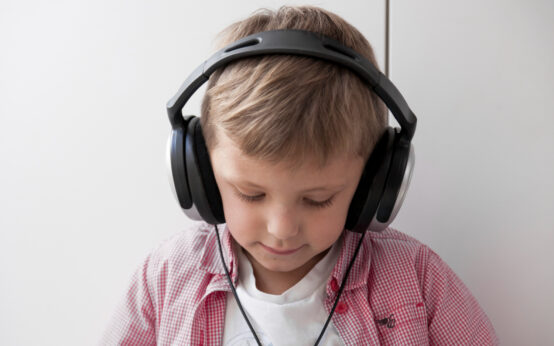Introduction
Natural disasters can be overwhelming for everyone, marked by their unpredictability, suddenness, and the need for swift action. Yet, the impact becomes notably challenging for children and teenagers grappling with disabilities, autism, or additional needs. This article delves into the distinctive challenges confronted by autistic children during natural disasters and provides practical guidance for parents and caregivers.
Understanding the Challenges
1. Intellectual and Developmental Disabilities:
Children facing intellectual disabilities or developmental delays may encounter difficulties in grasping the urgency and specific details of a natural disaster. Hence, clear communication and simplified instructions become crucial elements during these challenging situations.
2. Autism Spectrum:
Children with autism may experience heightened sensitivity to alterations in routine, sensory stimuli, or unfamiliar social environments. Recognizing and attending to these sensitivities is crucial for their overall well-being.
3. Physical Disabilities and Medical Needs:
Children with physical disabilities or those reliant on medical equipment require extra assistance in relocating to safe spaces, accessing emergency power, and obtaining necessary medical care.
4. Mental Health:
Children grappling with mental health problems may undergo heightened symptoms during emergencies, underscoring the necessity for specialized care and attention.
Amid nature’s challenges, let us foster the resilience inherent in autistic children and teenagers, empowering them with strength, understanding, and unwavering support. In doing so, they can navigate the storms with courage and emerge as beacons of resilience in the aftermath.
Samantha Craft
Preparing for Natural Disasters
1. Develop an Action Plan:
For parents of children with supportive needs, thorough preparation is of utmost importance. Develop an action plan outlining specific steps to be taken, where to go, and who to seek help from.
2. Organize Information and Pack an Emergency Bag:
Compile essential information about your child, including medical records and contact details. Pack an emergency bag with necessary supplies, medications, and comfort items.
3. Prepare Your Child:
Educate and familiarize your child with the emergency plan. Reassure them that you have a strategy in place to keep everyone safe.
During a Natural Disaster
1. Follow Your Action Plan:
Refer to your action plan for guidance. This ensures a prompt and coordinated response, helping you stay calm and meet your child’s needs effectively.
2. Stay Calm and Explain:
Maintain a calm demeanor to assist your child in managing their emotions. Explain the situation in a way that is appropriate for their understanding, providing reassurance and addressing any questions they may have.
3. Give Clear Instructions:
Provide instructions in a clear and direct manner, adapting to your child’s communication style. Confirm their understanding by having them repeat the instructions if time allows.
At the Emergency Shelter
1. Communicate Your Child’s Needs:
Upon reaching the emergency shelter, communicate your child’s specific needs to support workers. This encompasses needs such as power requirements, refrigeration of medicines, or the necessity for a quiet space, particularly crucial for an autistic child.
Seek information about facilities and services available, ensuring your child’s comfort and well-being. Inquiring about accessible toilets, childcare support, and accommodation for service animals is crucial to ensure comprehensive and inclusive arrangements.
3. Ensuring Comfort and Well-being:
Prioritize your child’s emotional well-being by adhering to routines, offering comfort items, and participating in calming exercises. Promote the utilization of headphones or other sensory tools to establish a secure and comfortable environment.
4. Reassure and Reconnect:
In instances where families are separated or if the child expresses concerns about loved ones, offer clear and honest explanations to address their worries. Reassure them of the safety of family members and offer support for any emotional distress.
Conclusion
Natural disasters pose unique challenges for children with supportive needs, requiring careful planning, communication, and support. By preparing in advance and remaining adaptable during emergencies, parents and caregivers can ensure the safety and well-being of autistic children during natural disasters and unexpected events.







